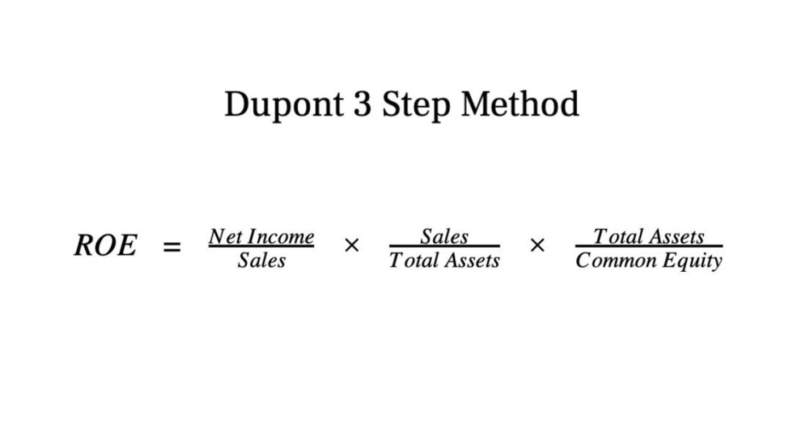
This example used the expense account, the liability account (AP) two times, and the checkbook. This is why when a mistake is made, it takes more effort and time to fix it. One last thing to keep in mind when setting up the chart of accounts, is the method of accounting your organization will use. The primary difference between church accounting and for-profit accounting is church accounting its focus. In general, businesses use accounting to maximize their profits, while churches aren’t legally allowed to turn a profit.
- Learn more about our church reporting tools, budgeting features, and accounting solutions.
- Financial statements also make excellent external resources.
- I find it easiest for others to grasp quickly if they are all shown as a form of equity — restricted to a stated purpose.
- Each statement organizes and summarizes your church’s data in a different way to provide insights into its financial situation.
- Fund accounting will keep track of the different types of donations you receive and ensure they are allocated to the right expenditures.
- Organizations may have different internal controls depending on their financial needs and systems.
Cash based accounting
The common building blocks of an effective COA are locations, funds, and departments. Multi-campus churches will want to use a location dimension in their COA to identify various campuses. To avoid creating an entirely new set of department and general ledger codes for each location, use an accounting system that supports multiple sites. The primary difference between accrual and cash-based accounting is the timing of when revenues and expenses are recognized. In addition, it’s much easier to make corrections on cash-based transactions than on accrual-based transactions.
Free: The Church Financial Field Guide from CapinCrouse
- Or does the church report only on one fund and break out revenues and expenses at the account level?
- If your church wants to pursue grant funding, look for a platform that includes grant management tools to make the process easier.
- Money coming in is designated as restricted and unrestricted funds.
- In this instance, the expense is recognized immediately and the cash leaves the organization the moment the entry is completed.
Other assets that may be listed are buildings, land, and accounts receivables. We need to take a look at the net assets because this is typically called owner’s equity in most accounting software. This is a major difference between nonprofit and for-profit virtual accountant accounting software. The net assets are actually the funds that we will get to later. It’s the funds which own the resources in a nonprofit, just as the owner’s equity owns the resources in the for-profit companies. It requires setting up various funds for different missions.

Locations, funds, and departments: common building blocks of an effective COA

It breeds a sense of church financial transparency between your members and your team. You can present reports that detail how money is spent leaving no room for doubt. However, QuickBooks is not great for religious organization accounting. To adequately handle church accounting, you must sign up for QuickBooks Online Plus or QuickBooks Advanced both of which add to costs. Additionally, if you have trouble setting up these systems, the platform petty cash does not provide any human assistance.

Some reserve accounts will have both special gifts and general revenues, and are a hybrid between equity and a perceived liability. I find it easiest for others to grasp quickly if they are all shown as a form of equity — restricted to a stated purpose. We also defined equity as fund balances, different than for-profit accounting and owner’s equity. Understanding this concept is very important because it drives the whole underlying structure of a nonprofit. For example, you may want your finance committee to view your financial reports in full detail, with enough transparency to satisfy their compliance and oversight role.



